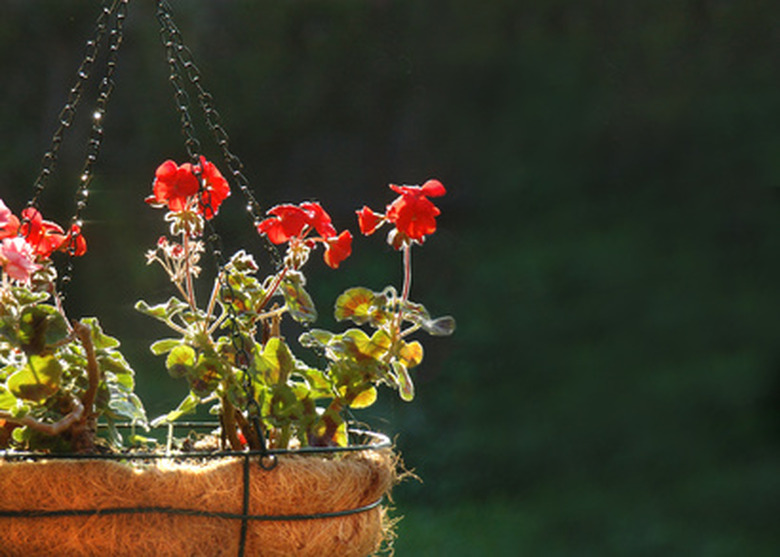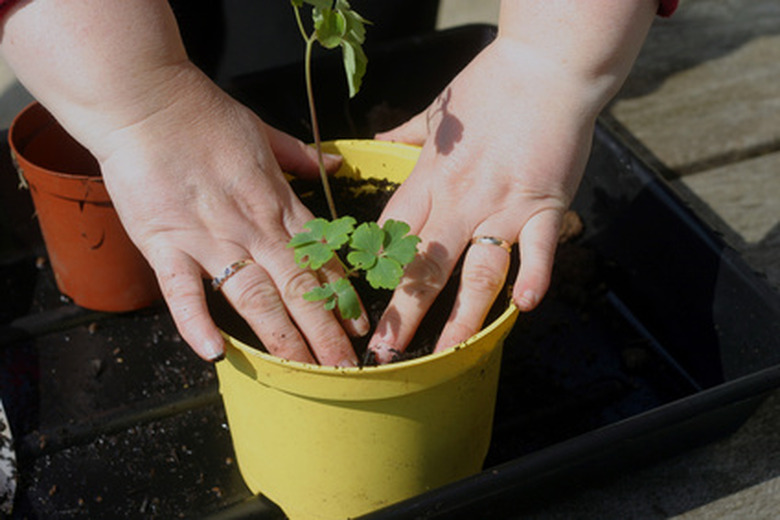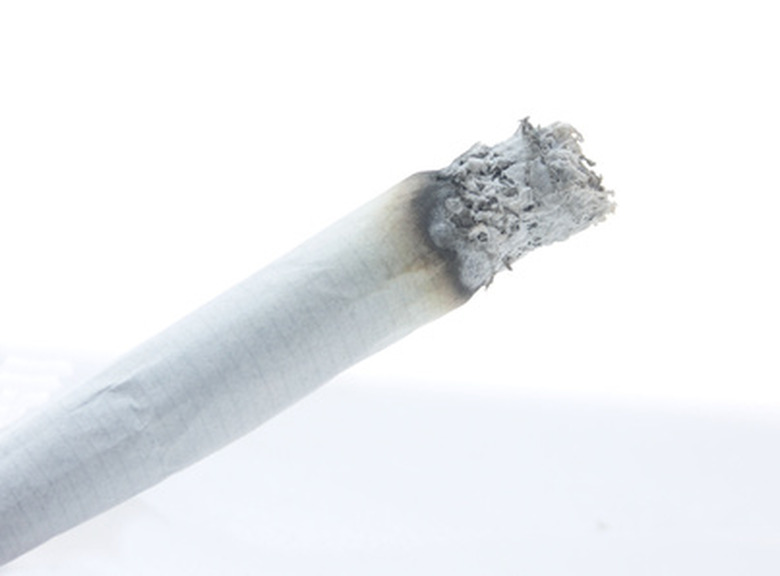How Combustible Is Peat Moss?
Peat moss, a common organic ingredient in potting soil and soil conditioning products, presents a fire hazard under certain conditions. Gardeners prize the ability of peat moss to hold moisture for use by plants. The presence of peat moss in planters and flower beds provides a flammable medium in many homes which may not be considered until a fire begins.
Source
As sphagnum moss grows, layers of dead moss build up under the living layer. By harvesting and processing the compacted dead layers, garden supply companies provide peat moss for use by gardeners. Once mixed into soil, the peat brings its soil-enhancing traits to the garden.
Benefits
The porous characteristics of peat moss improve moisture-holding abilities in garden soil and flower pots. Peat holds about eight times its own weight in water, according to the Forest Commission of Scotland. (See Reference 1) Peat improves the consistency of dense soil by adding a light, sponge-like quality to the soil. As it decomposes peat adds acidity to soil, providing a natural source of pH adjustment where needed.
- Peat moss, a common organic ingredient in potting soil and soil conditioning products, presents a fire hazard under certain conditions.
- As it decomposes peat adds acidity to soil, providing a natural source of pH adjustment where needed.
Considerations
With an ignition temperature of 500 degrees Fahrenheit, dry peat moss provides a safe soil conditioner under most conditions. (see reference 2) Fire most often occurs when an outside heat source makes contact with the peat. For example, a discarded cigarette butt generates temperatures in excess of 700 degrees Fahrenheit, according to USC researcher Dr. Michael Ewart. (See reference 3) Smokers should avoid discarding butts in planters.
Effects
Home and apartment fires which begin in planters can burn unnoticed for several hours. Peat smolders rather than bursting into flame and can burn down to the base of the container with no more evidence than a thin smoke plume and pungent odor. Any flammable materials near the container can help spread the fire. Decks and other wooden structures present a rich source of fuel, says Robert Harper of the Office of the Ontario Fire Marshall, citing damaging structure fires in his jurisdiction. (See reference 4)
- With an ignition temperature of 500 degrees Fahrenheit, dry peat moss provides a safe soil conditioner under most conditions.
- (
Prevention/Solution
Smokers should discard butts and matches in appropriate disposal containers, rather than planters or garden beds. Landscapers can reduce the danger by providing receptacles for smokers. Gardeners should keep planters well watered to reduce flammability and remove dead plants to lessen available potential fuel for a fire. Planters should not rest on or against flammable surfaces such as wooden decks or siding. Stored peat moss should be protected from contact with heat sources.
Should a fire begin, thoroughly wet the contents of the planter. Empty the contents on a non-flammable surface and spread them to verify that all burning substances have been extinguished. In a garden bed, use a rake or shovel to separate the burning peat for thorough dousing.
- Smokers should discard butts and matches in appropriate disposal containers, rather than planters or garden beds.
Expert Insight
Edina, Minnesota Fire Marshall Captain Tom Jenson reported on a house fire caused by the unusual event of peat moss in a planter spontaneously combusting.
"Just through the process of organic material decaying it gives off heat, and if we get heat, fuel and oxygen coming together we'll have a fire," said Jenson. (See reference 5)


